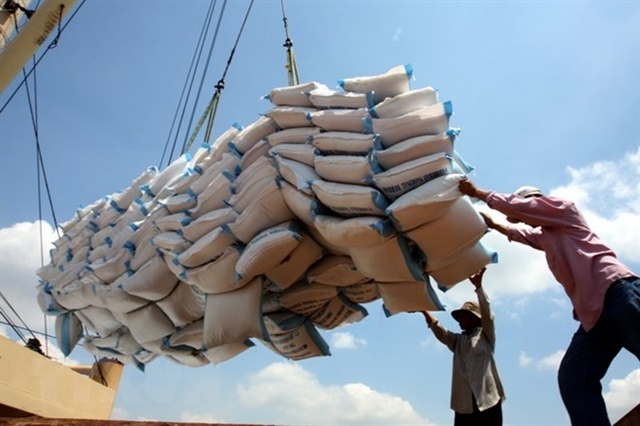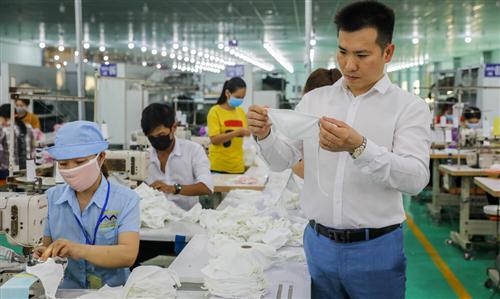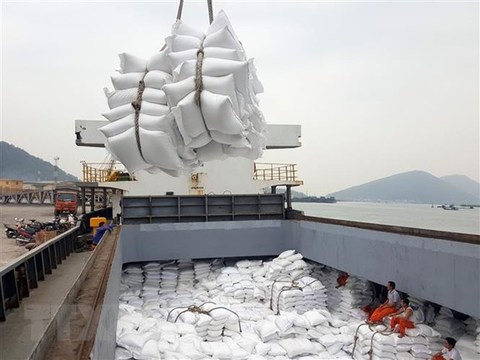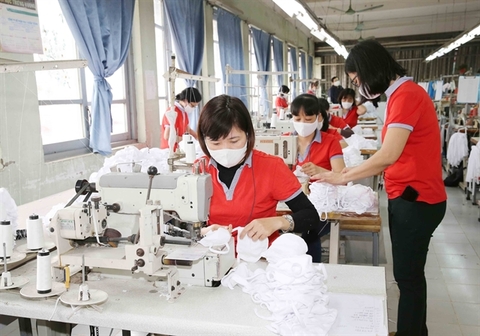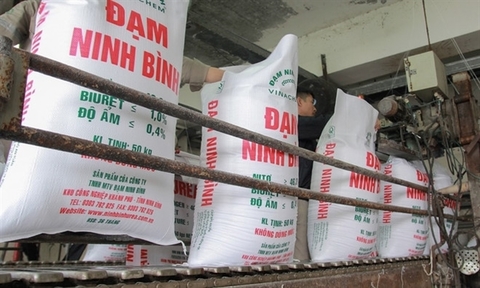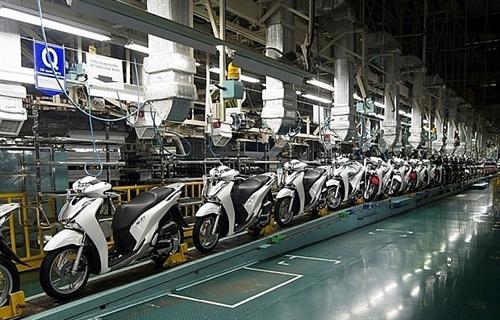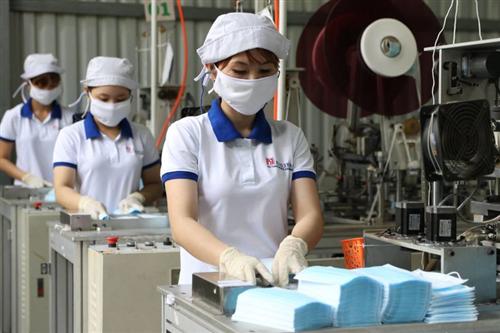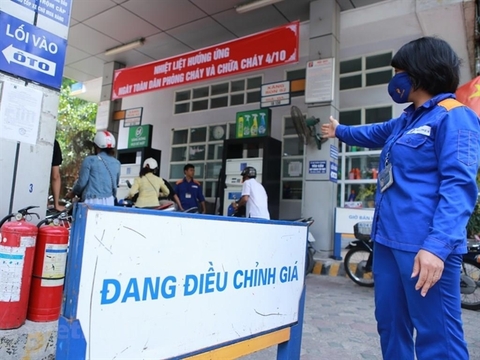Sticky prices of local fresh pork yield market to frozen imports
Sticky prices of local fresh pork yield market to frozen imports
People are switching to frozen meat as fresh pork remains at a higher price despite the country coming out of the African swine fever crisis several months ago.
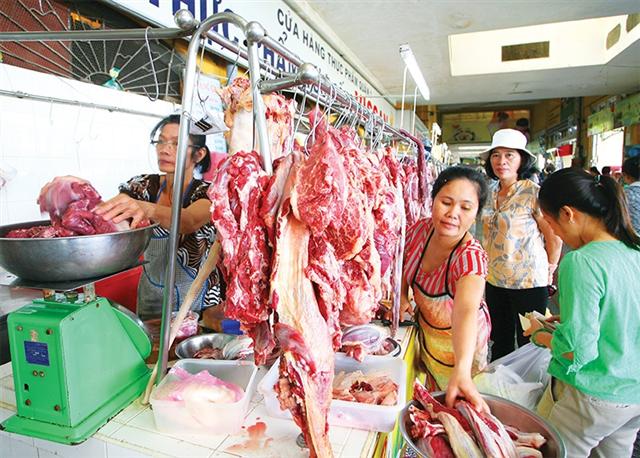
Fresh pork prices are hovering above levels people are willing to match, Photo: Le Toan
|
Vinmart supermarkets have slightly raised prices in recent days and now charge up to VND300,000 ($13) per kg, with some special cuts costing up to VND420,000 ($18.25). Last month, the same items went for about VND235,000 ($10.20) and VND340,000 ($14.80).
Meanwhile, pork prices at other food businesses in supermarkets and wet markets declined slightly but remained very high, around VND160-210,000 ($7-9) per kg, approximately doubling on-year.
According to the Ministry of Agriculture and Rural Development (MARD), implementing the order of the prime minister, husbandry giants like C.P. Vietnam, Dabaco, Mavin, Japfa, and GreenFeed have already decreased the price of live hogs to about VND70,000 ($3) per kg.
Explaining the high price of the essential food item, Minister of Agriculture and Rural Development Nguyen Xuan Cuong said that supply is relatively tight. The African swine fever epidemic last year killed 20 per cent of the country’s hog population. The population rose by 6.3 per cent since last December to 24 million pigs at the end of the first quarter.
“The ministry expects to catch up with the previous population peak at the end of 2018 in the third or fourth quarter of this year, so local supply will be able to fully meet domestic demand,” said Minister Cuong. “People consume about 910,000 tonnes each quarter, but domestic supply was only about 830,000 tonnes in the last quarter.”
In addition to supply, intermediaries across the production chain, from slaughterhouses to wholesalers and retailers, are another major aspect keeping prices sky-high. This is also a concern for husbandry companies. A representative of C.P. Vietnam said that they would be willing to reduce prices if it would result in an appropriate reduction in the market price of final products.
Do Hoang Long, development and sales manager of Japfa Comfeed Vietnam, told VIR that producers and sellers need time to gradually reduce prices, following a clear schedule while also allowing for free market movements.
With the price of fresh pork so high, the government has decided to import frozen pork to meet domestic demand. Bao Minh An Co., Ltd., a meat importer in Ho Chi Minh City, sells 15-23 kg boxes of lean tenderloin, baby back ribs, and cutlet at the average wholesale price of VND100,000 ($4.35) per kg. Prices are a little higher for retail customers due to added expenses like cutting and vacuum packaging.
In order to ensure stable pork supply, the MARD has signed bilateral agreements on animal quarantining and technology transfer with 19 countries, with over 1,600 foreign enterprises allowed to export related products to Vietnam and about 140 local enterprises permitted to import.
According to statistics published by the Department of Animal Health, as of March 27, Vietnam imported nearly 40,000 tonnes of pork and processed pork products this year, up 312 per cent on-year. Meanwhile, the total imported pork and processed pork products were 67,130 tonnes in 2019, up 63 per cent compared to 2018. The ministry forecast the total pork supply to reach four million tonnes by the end of 2020 to both guarantee supply and stabilise prices.
Along with boosting imports from traditional markets like the US, Europe, and South Korea, the MARD accelerated procedures to import pork from Miratorg Group, Russia’s largest meat producer, and two other Russian firms. The ministry connected Miratorg with Masan so that the two parties can co-operate to bring pork to Vietnam. A representative of Miratorg expects the group to export more than 50,000 tonnes of pork to Vietnam this year, which would steadily increase in the following years.
The tariff on frozen meat imported to Vietnam is 10 per cent, while it is 25 per cent for fresh and chilled meat. For countries that have free trade agreements yet to come into effect with Vietnam, tariffs are 3-21 per cent. However, to reduce prices, the MARD still proposed the Ministry of Finance to reduce tariffs for pork soon and required the State Bank of Vietnam to issue preferential loans to pork importers.
By Kim Hara
By Kim Hara



